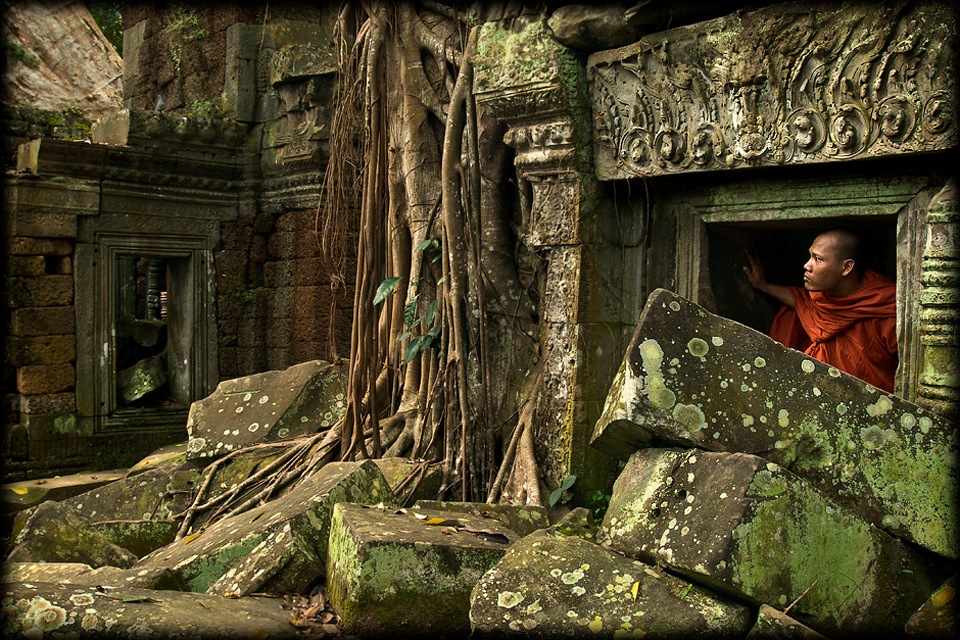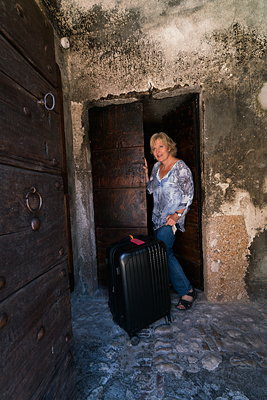
 Caution and planning are necessary when venturing across this flat, expansive landscape. Why? Because it is huge. We’re talking over 9,000 km, or 3,475 miles to be exact. And there are no roads. Just a sea of white marked by a ring of volcanic mountains on the distant horizon, and an occasional landmark–an old abandoned hotel and two cactus-topped rock outcroppings. So it’s easy to get lost. (Especially in the wet season when rains flood the surface and the sky reflected in the water mirrors the entire scene.)
Caution and planning are necessary when venturing across this flat, expansive landscape. Why? Because it is huge. We’re talking over 9,000 km, or 3,475 miles to be exact. And there are no roads. Just a sea of white marked by a ring of volcanic mountains on the distant horizon, and an occasional landmark–an old abandoned hotel and two cactus-topped rock outcroppings. So it’s easy to get lost. (Especially in the wet season when rains flood the surface and the sky reflected in the water mirrors the entire scene.)
And then there’s the danger factor. The surface is actually a hard crust of salt that can collapse under the weight of a vehicle. Underneath is water. The danger is not that you would drown, but that you would be stranded here without passing cars to hitch a ride out. And when night falls, so does the temp. This region is known for having the widest fluctuations of extreme temps in a given day–from 30 C during the day to -30 C by night. Add in the windchill factor (no trees or skyscrapers to block the wind) and it becomes freeeeezing cold!
And then there’s the altitude. At 3,656 meters, or 12,000 feet, every breath you take brings in only 2/3 the amount of oxygen that you would inhale at sea level. At this elevation you feel like you’re summiting one of Colorado’s mountain peaks. Nausea, lack of hunger or thirst, headache, dizziness, difficult breathing, and lack of coordination can all occur. As can snow blindness (if you lose your shades) or severe sunburn.
All hassles aside, it is a fantastic place to visit. Just stay hydrated and go with a fantastic guide! And if you want to see these same hexagonal shaped plains, make sure you visit in the dry season (June-Nov) when evaporation creates these strange polygonal lines of raised salt. Where in the world is this?



